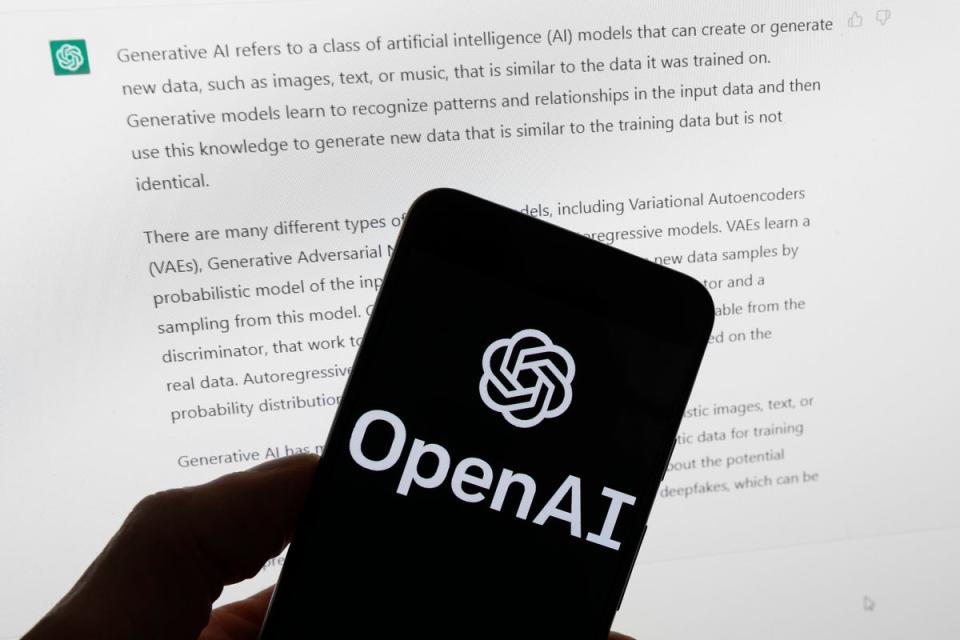ChatGPT data centres are consuming a staggering amount of water, study warns

The water consumption of data centres used to run the artificial intelligence chatbot ChatGPT by billions of users worldwide is “extremely large”, according to a new study.
OpenAI’s AI chatbot ChatGPT gained prominence last year for its uncanny ability to respond to a range of user queries with human-like language.
It has demonstrated major feats in a short time span, including the ability to summarise research studies and answer logical questions. It has also cracked business school and medical exams meant for college students.
But these feats may have come at the cost of the chatbot consuming staggering amounts of water, experts said.
While previous research shed light on the carbon footprint of such AI models, water consumption to run them on a large scale has “remained under the radar”, according to scientists, including those from the University of California Riverside in the US.
The new, yet-to-be peer-reviewed research, posted as a pre-print in arXiv, estimates that a conversation of about 20-50 questions with the AI chatbot in a single system may “drink” a “500ml bottle of water”.
A framework to estimate the amount of clean freshwater consumed for generating electricity to power data centre servers and for cooling servers to run AI models was developed for the research.
Citing an example, scientists said that in training GPT-3 alone, Microsoft may have consumed a stunning 700,000 litres (185,000 gallons) of water – enough to produce 370 BMW cars.
The tech giant has partnered with ChatGPT creator OpenAI and invested $10bn in the company.
Other AI models like Google’s LaMDA can consume a “stunning” amount of water in the order of millions of litres, scientists noted.
In response to global water shortages, the researchers urged companies running AI models to “take social responsibility” and address their own water footprint.
“AI models can, and also should, take social responsibility and lead by example in the collective efforts to combat the global water scarcity challenge by cutting their own water footprint,” scientists wrote in the study.
“While a 500ml bottle of water might not seem too much, the total combined water footprint for inference is still extremely large, considering ChatGPT’s billions of users,” they said.
Researchers said these numbers may increase by “multiple times” for the newly-launched GPT-4 AI system which has a larger model size.
They, however, pointed out that there is hardly any public data available to reasonably estimate the water footprint for GPT-4.
Scientists call for increasing transparency of the water footprint of AI models, including better disclosure of information about operational data and the effectiveness of water consumption during the runtime of such systems.
“AI models’ water footprint can no longer stay under the radar – water footprint must be addressed as a priority as part of the collective efforts to combat global water challenges,” researchers concluded.
OpenAI did not immediately respond to The Independent’s request for comment.

 Yahoo Finance
Yahoo Finance 